Description
“A light, wholesome grain for balanced nutrition and everyday wellness”
- Light on stomach- easy to digest, suitable for all age groups
- Naturally detoxifies the body
- High in fiber- Promotes digestion, satiety, and supports weight management
- Strengthens immunity
- Traditionally used as a wholesome grain during fasting
- supports weight watchers- A light grain that fits perfectly into calorie- conscious diets

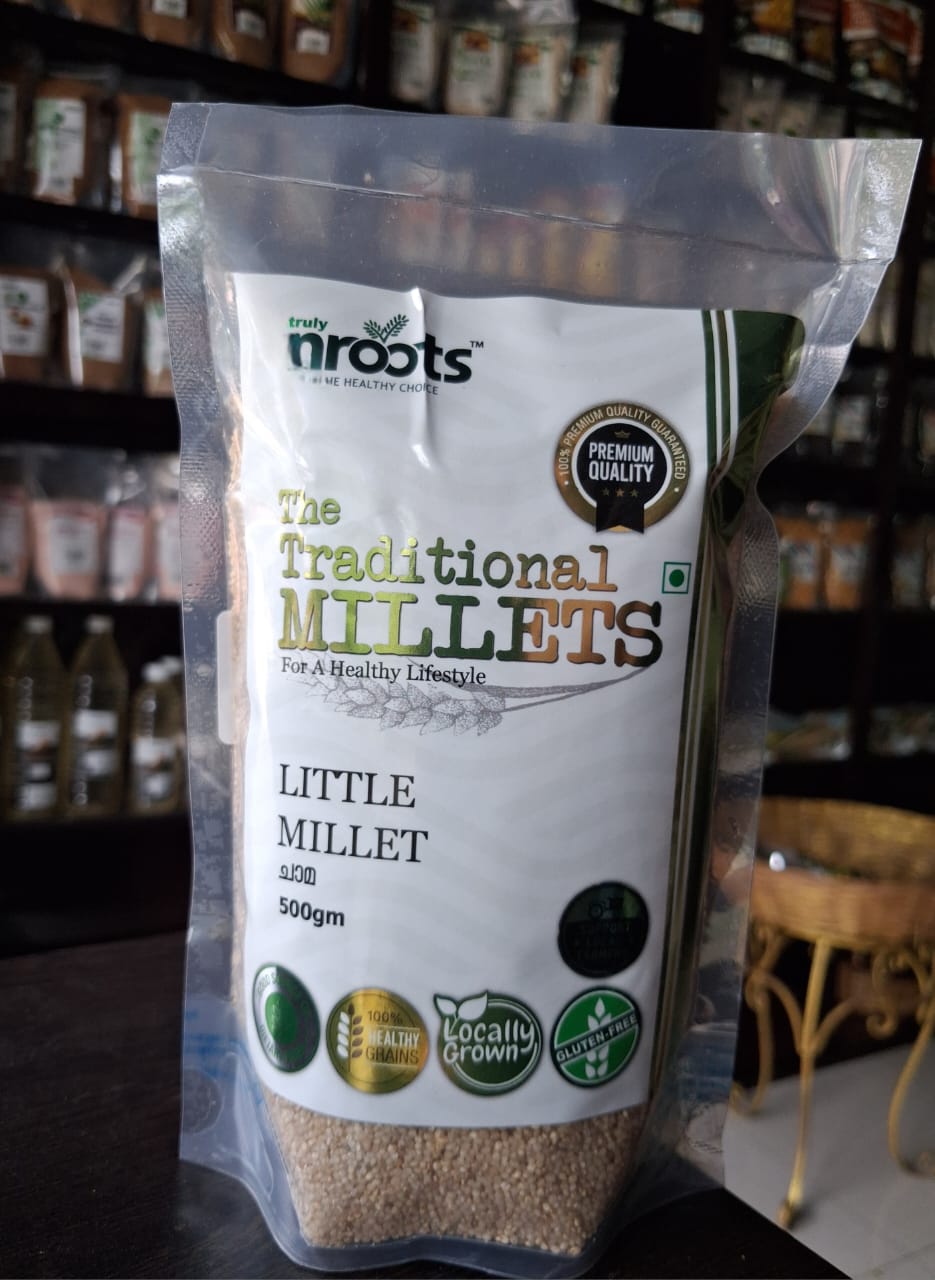

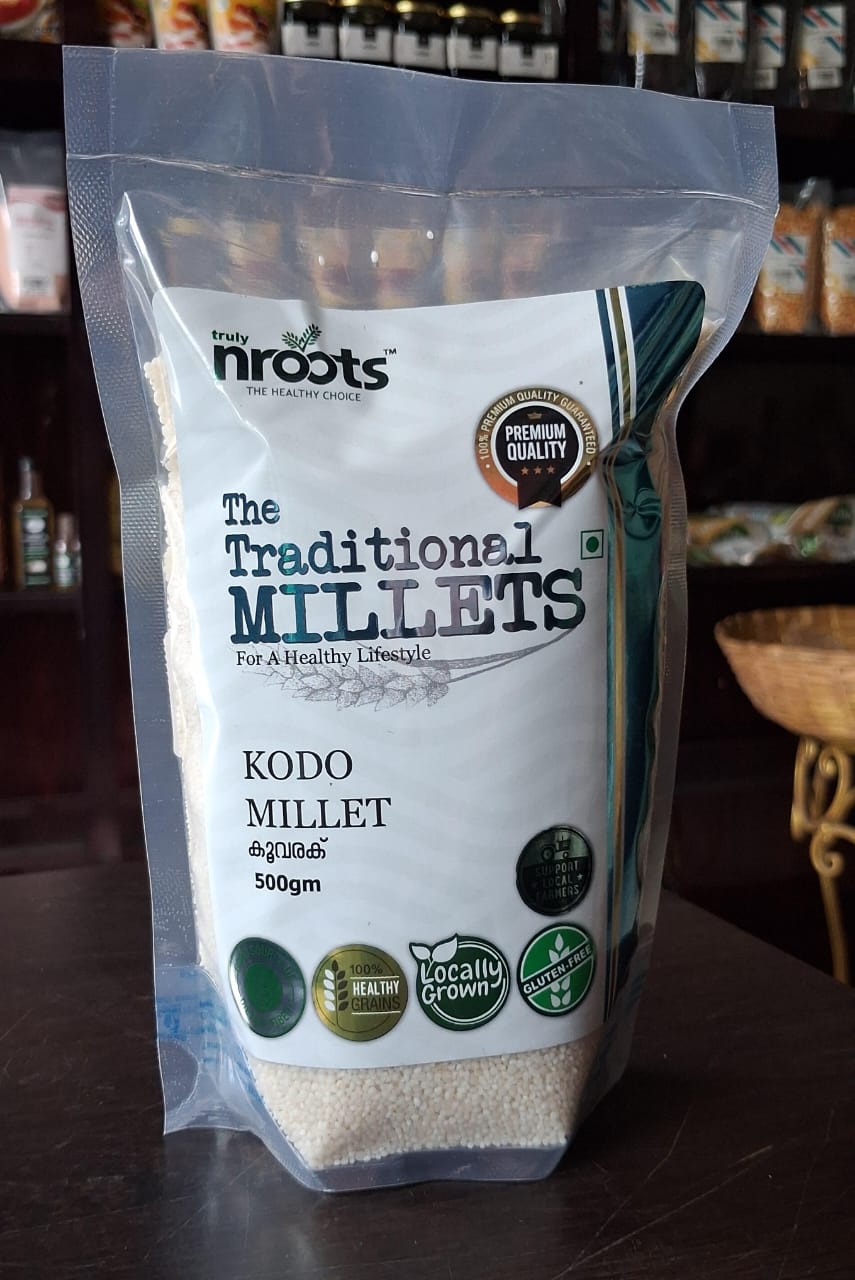
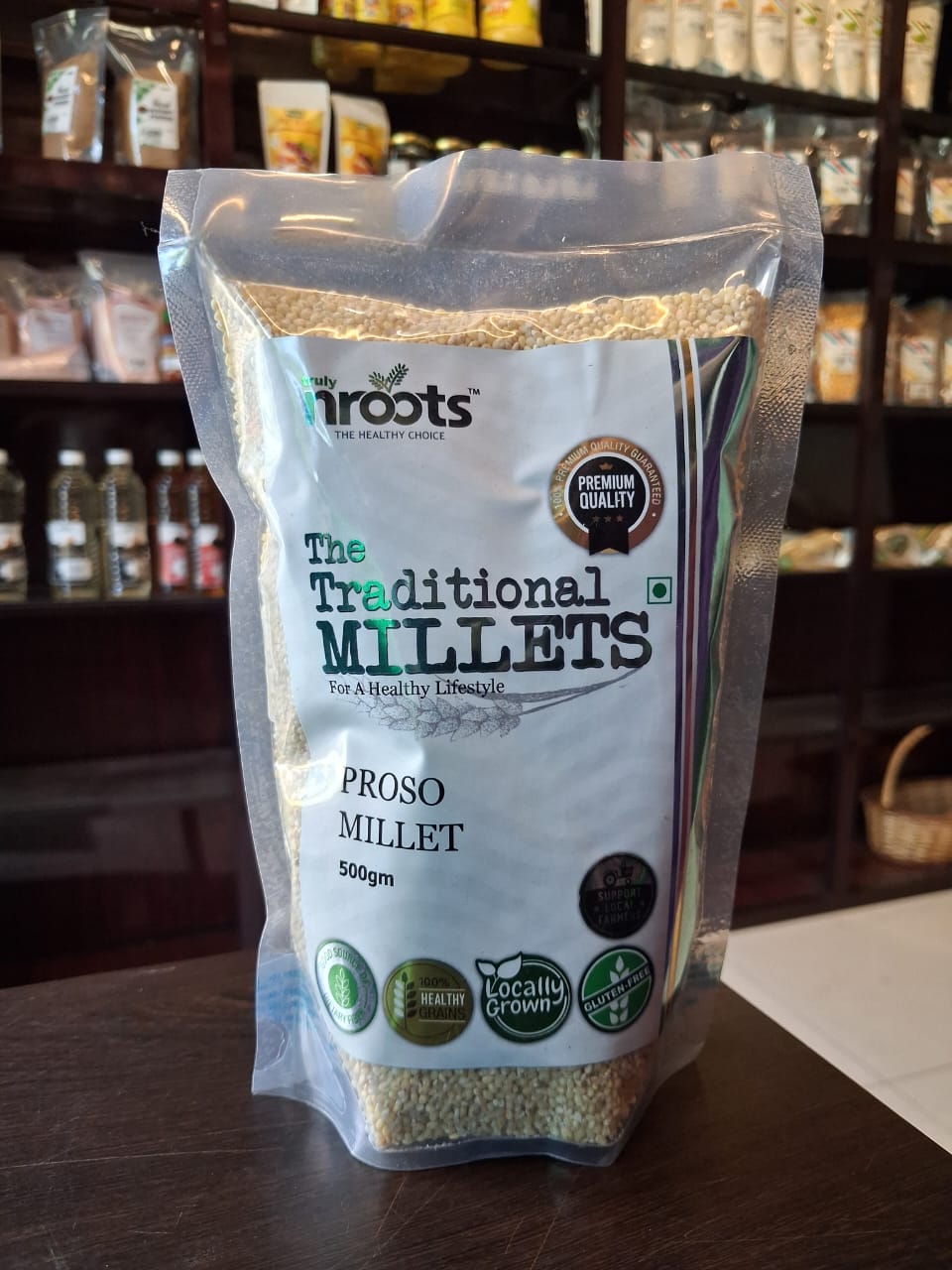
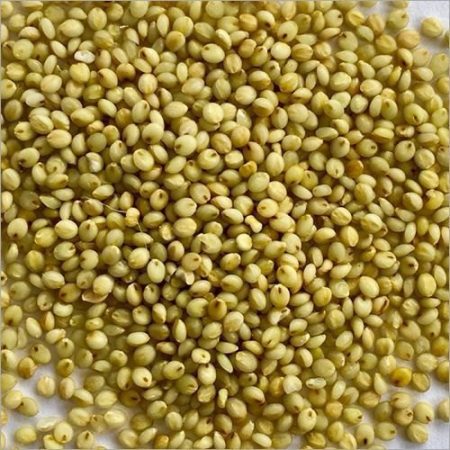
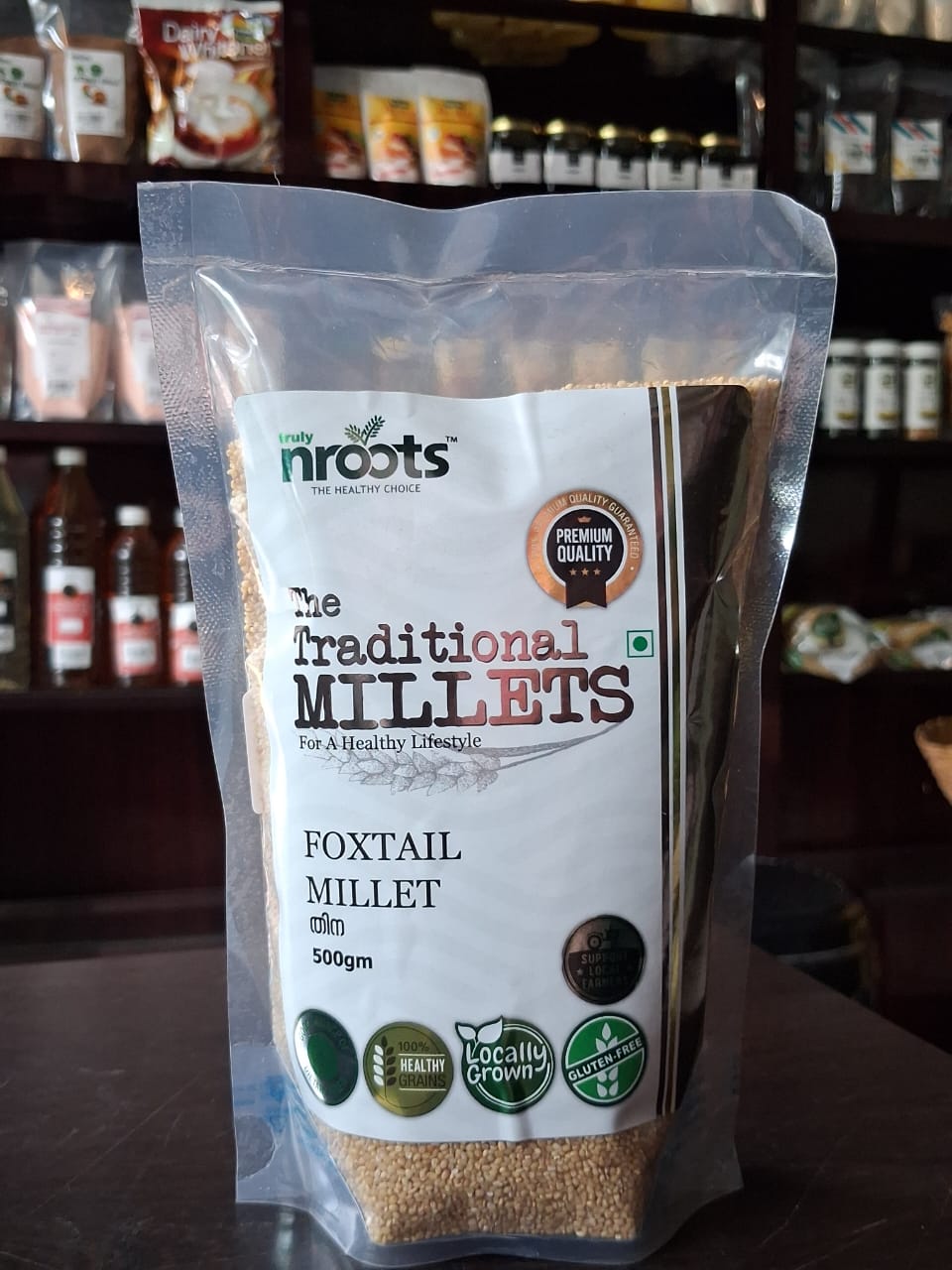
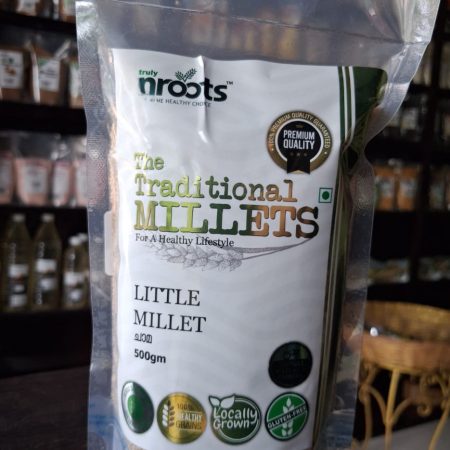
Reviews
There are no reviews yet.